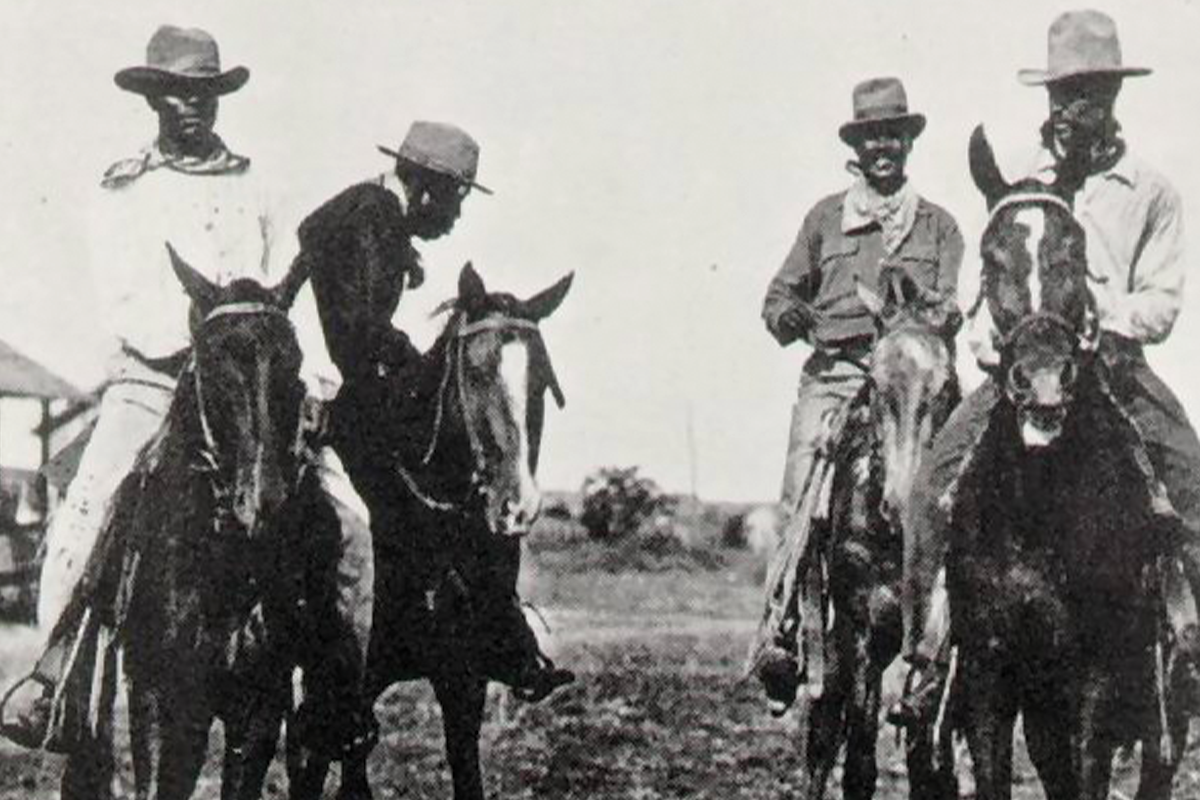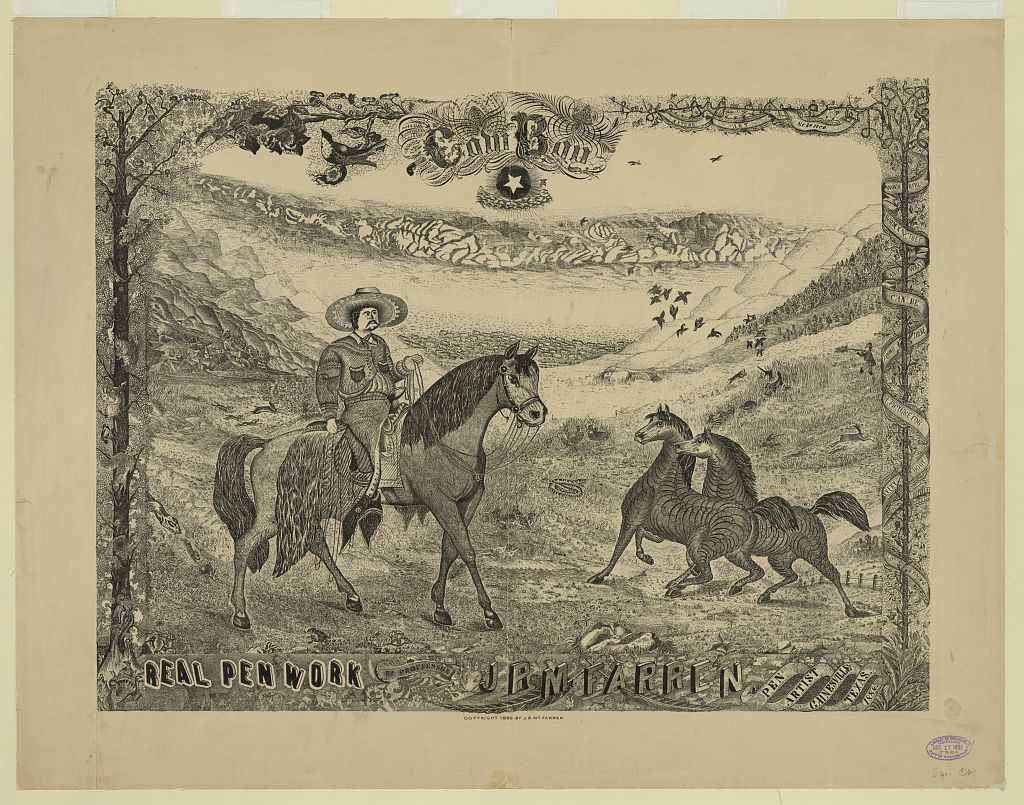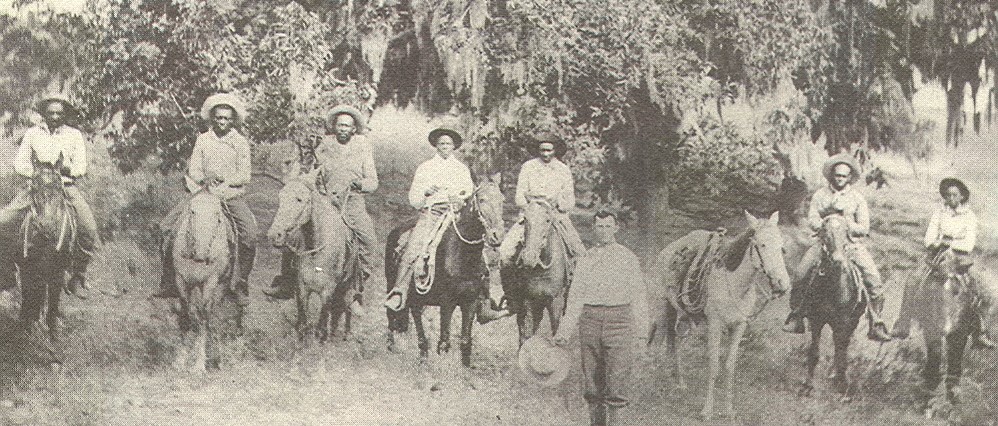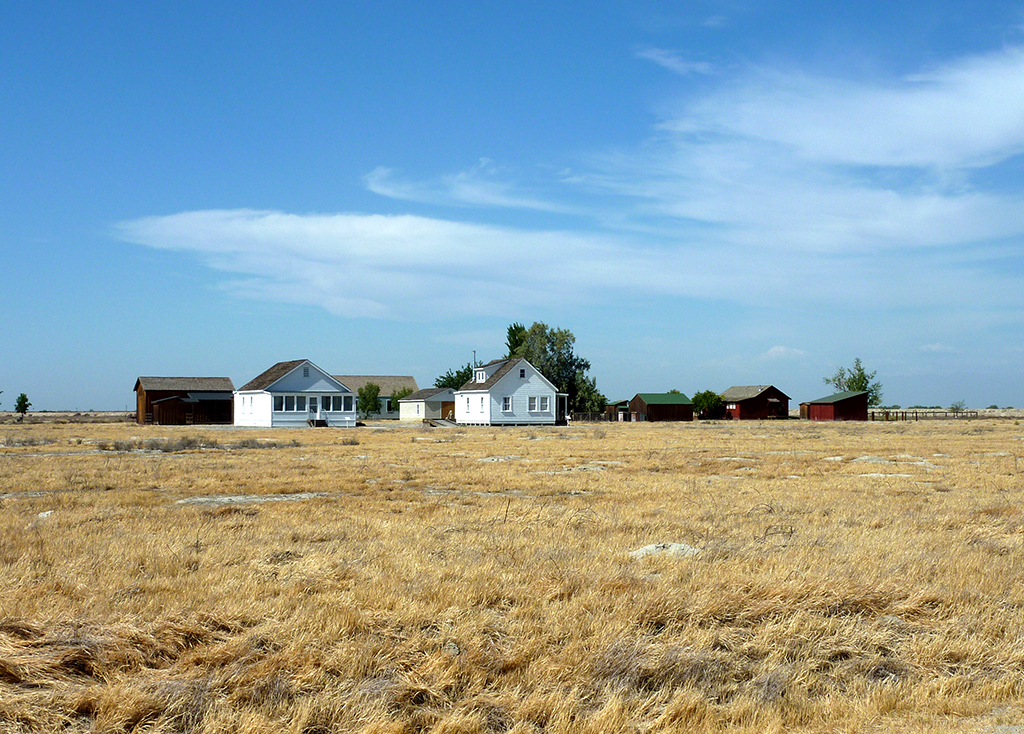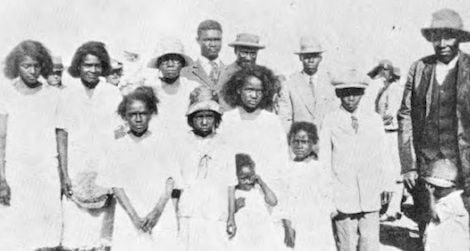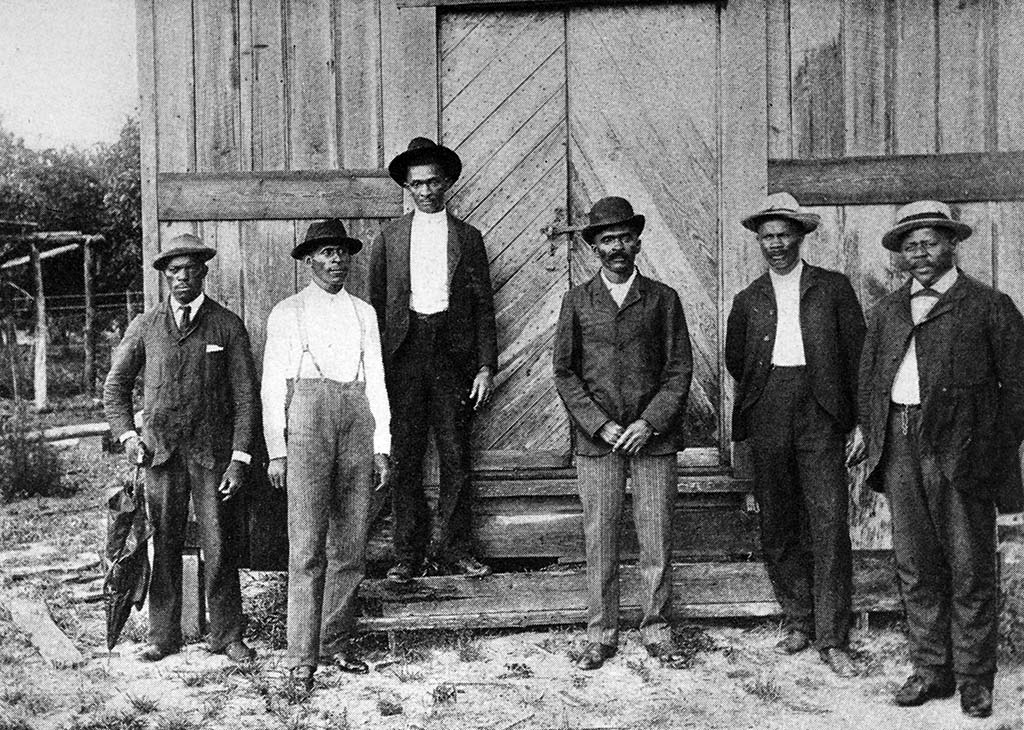5fish
Well-Known Member
- Joined
- Jul 28, 2019
- Messages
- 10,739
- Reaction score
- 4,570
After the Civil War, many of the cowboys out west were black and in time all Black towns were created... The question that always asks what happen to them... Oklahoma had many of these Black townships... @dedej

 www.okhistory.org
.
www.okhistory.org
.
The All-Black towns of Oklahoma represent a unique chapter in American history. Nowhere else, neither in the Deep South nor in the Far West, did so many African American men and women come together to create, occupy, and govern their own communities. From 1865 to 1920 African Americans created more than fifty identifiable towns and settlements, some of short duration and some still existing at the beginning of the twenty-first century.
All-Black towns grew in Indian Territory after the Civil War when the former slaves of the Five Tribes settled together for mutual protection and economic security. When the United States government forced American Indians to accept individual land allotments, most Indian "freedmen" chose land next to other African Americans. They created cohesive, prosperous farming communities that could support businesses, schools, and churches, eventually forming towns. Entrepreneurs in these communities started every imaginable kind of business, including newspapers, and advertised throughout the South for settlers. Many African Americans migrated to Oklahoma, considering it a kind of "promised land."

Here is a list of Freedmen towns... texas had a lot...
 en.wikipedia.org
en.wikipedia.org
A historically African-American municipality, known in various areas as "freedmen's town", "freedom towns", or "all-Black towns", are municipalities which were established by or for a predominantly African-American populace.[1] Many of these municipalities were established or populated by freed slaves[2] either during or after the period of legal slavery in the United States in the 19th century.[3]
In Oklahoma before the end of segregation there existed dozens of these communities as many African-American migrants from the Southeast found a space whereby they could establish municipalities on their own terms.[4] Chief among them was Edward P. McCabe, who envisioned so large a number of African-Americans settling in the territory that it would become a Black-governed state. In Texas, 357 such "freedom colonies" have been located and verified.[

All-Black Towns | The Encyclopedia of Oklahoma History and Culture
The All-Black towns of Oklahoma represent a unique chapter in American history. Nowhere else, neither in the Deep South nor in the Far West, did so many African American men and women come together to create, occupy, and govern their own communities. From 1865 to 1920 African Americans created more than fifty identifiable towns and settlements, some of short duration and some still existing at the beginning of the twenty-first century.
All-Black towns grew in Indian Territory after the Civil War when the former slaves of the Five Tribes settled together for mutual protection and economic security. When the United States government forced American Indians to accept individual land allotments, most Indian "freedmen" chose land next to other African Americans. They created cohesive, prosperous farming communities that could support businesses, schools, and churches, eventually forming towns. Entrepreneurs in these communities started every imaginable kind of business, including newspapers, and advertised throughout the South for settlers. Many African Americans migrated to Oklahoma, considering it a kind of "promised land."

Here is a list of Freedmen towns... texas had a lot...
List of freedmen's towns - Wikipedia
 en.wikipedia.org
en.wikipedia.org
A historically African-American municipality, known in various areas as "freedmen's town", "freedom towns", or "all-Black towns", are municipalities which were established by or for a predominantly African-American populace.[1] Many of these municipalities were established or populated by freed slaves[2] either during or after the period of legal slavery in the United States in the 19th century.[3]
In Oklahoma before the end of segregation there existed dozens of these communities as many African-American migrants from the Southeast found a space whereby they could establish municipalities on their own terms.[4] Chief among them was Edward P. McCabe, who envisioned so large a number of African-Americans settling in the territory that it would become a Black-governed state. In Texas, 357 such "freedom colonies" have been located and verified.[
Last edited:

